如果您想在 Google Cloud Marketplace 上提供产品,则必须满足以下商品详情要求。此外,您还必须遵循针对您提供的商品类型的运营最佳实践。
如果您对商品或组织所做的更改会影响您是否符合这些商品详情要求,或者会使您在初始配置期间向 Google 提供的文件失效,您必须通知 Google,并提交商品以供重新审核和重新审批。
贵组织的要求
贵组织必须加入 Partner Advantage 计划并保持良好的会员资质。
贵组织加入 Partner Advantage 后,您将可以访问合作伙伴中心。
您的组织必须成立于支持的地区。
贵组织必须拥有信誉良好的 Cloud Marketplace 供应商账号和付款资料。
商品要求
您的产品必须达到生产就绪状态(非 Alpha 版或 Beta 版),才能通过 Cloud Marketplace 公开发布和销售。
您的产品必须适用于企业,包括拥有专业的在线形象、明确的销售流程、客户支持服务,并遵循强大的安全最佳实践。
您的产品不得包含任何已知漏洞、病毒、间谍软件、特洛伊木马或其他任何形式的恶意代码。
您必须在加入计划的审批流程中向 Google Google Cloud 证明您主要在Google Cloud上托管软件产品。以下模式是常见的已获批准用例:
模式 1:您的整个产品及其所有支持组件完全在 Google Cloud上运行。下图架构提供了此模式的示例。
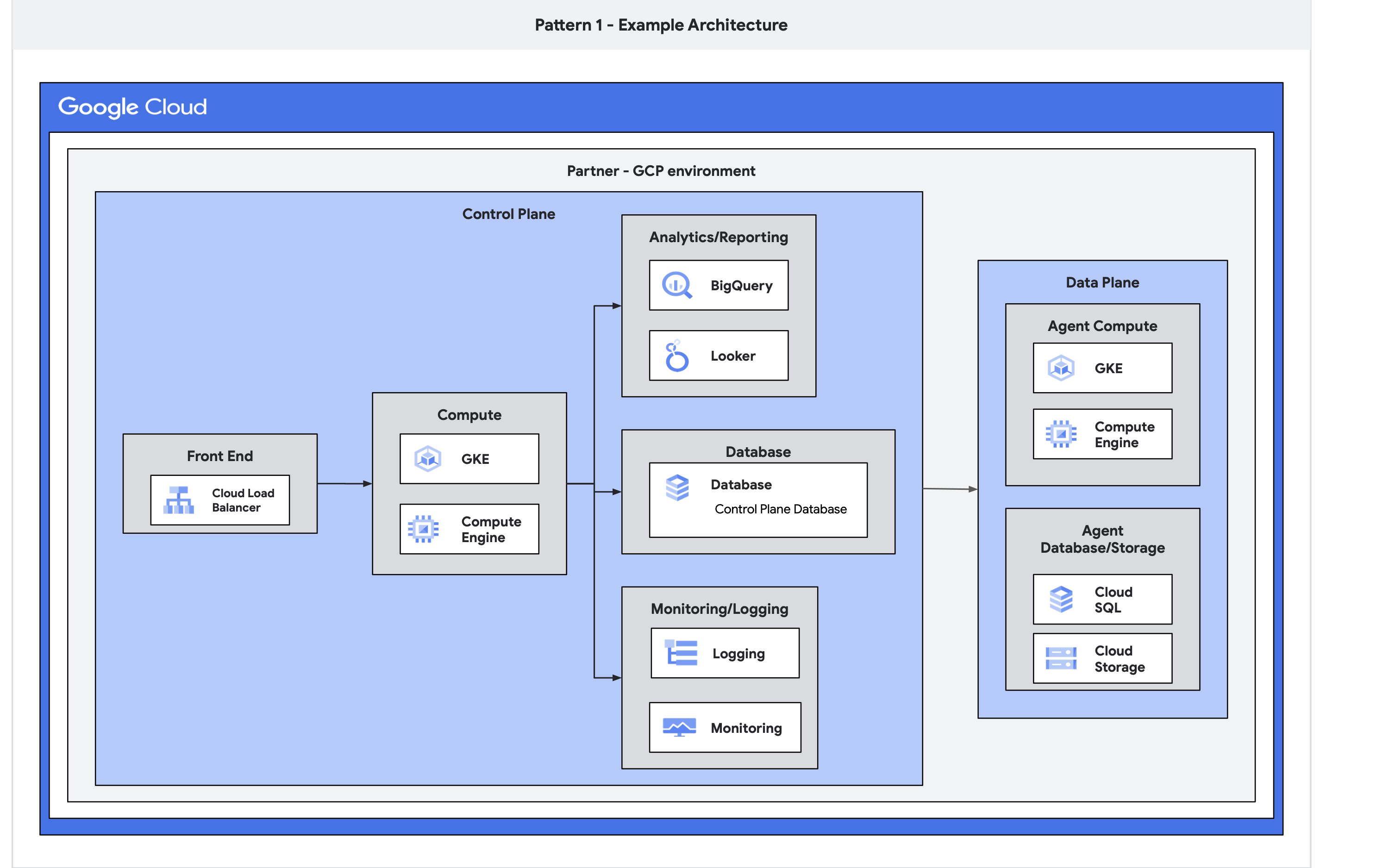
模式 2:产品的计算平面或数据平面在Google Cloud上运行,但较小的控制平面或支持基础架构(例如日志记录或 AI 推理)在本地或其他云上运行。在这种情况下,当用户增加使用量时,由Google Cloud托管的计算或数据平面必须是消耗增加最快的资源。下图架构提供了此模式的示例。
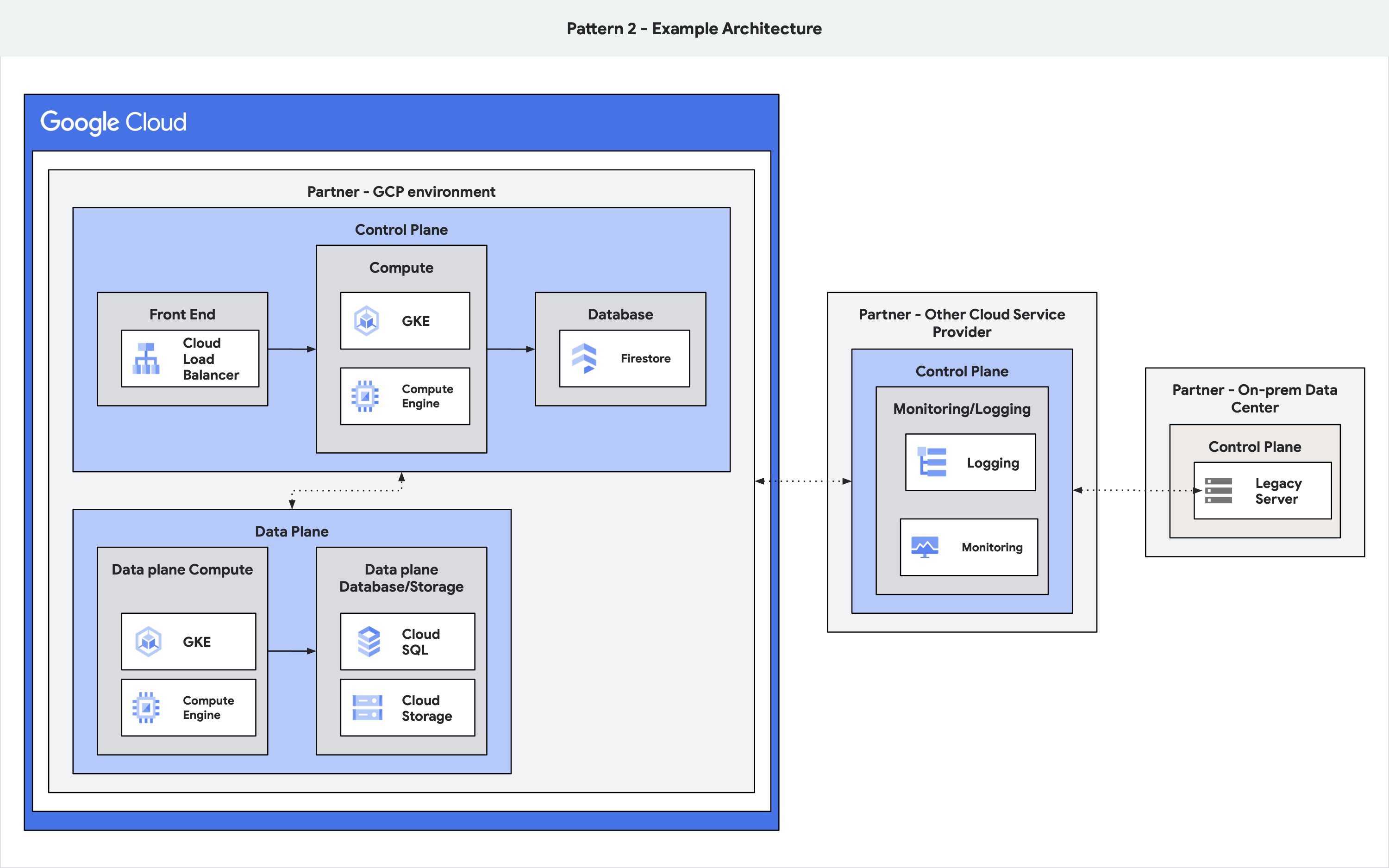
模式 3:您的存储、备份、复制或数据恢复 (DR) 产品必须将所有数据复制到 Google Cloud,而产品的控制平面可以在本地或其他云端运行。下图架构图提供了此模式的示例。
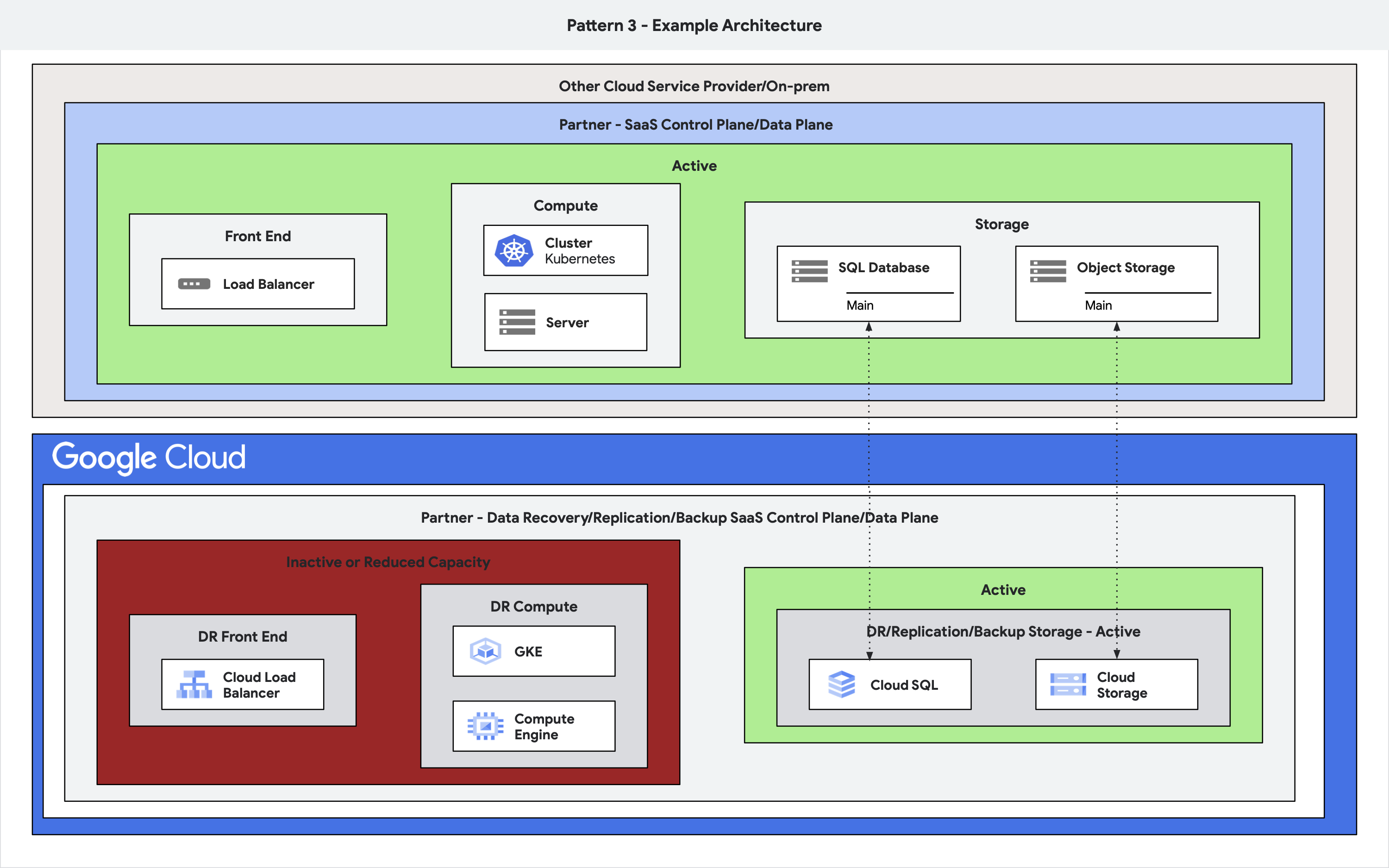
模式 4:您的产品是迁移工具,其唯一的迁移目标是Google Cloud ,但可以作为迁移源在本地或其他云中运行。下图架构提供了此模式的示例。
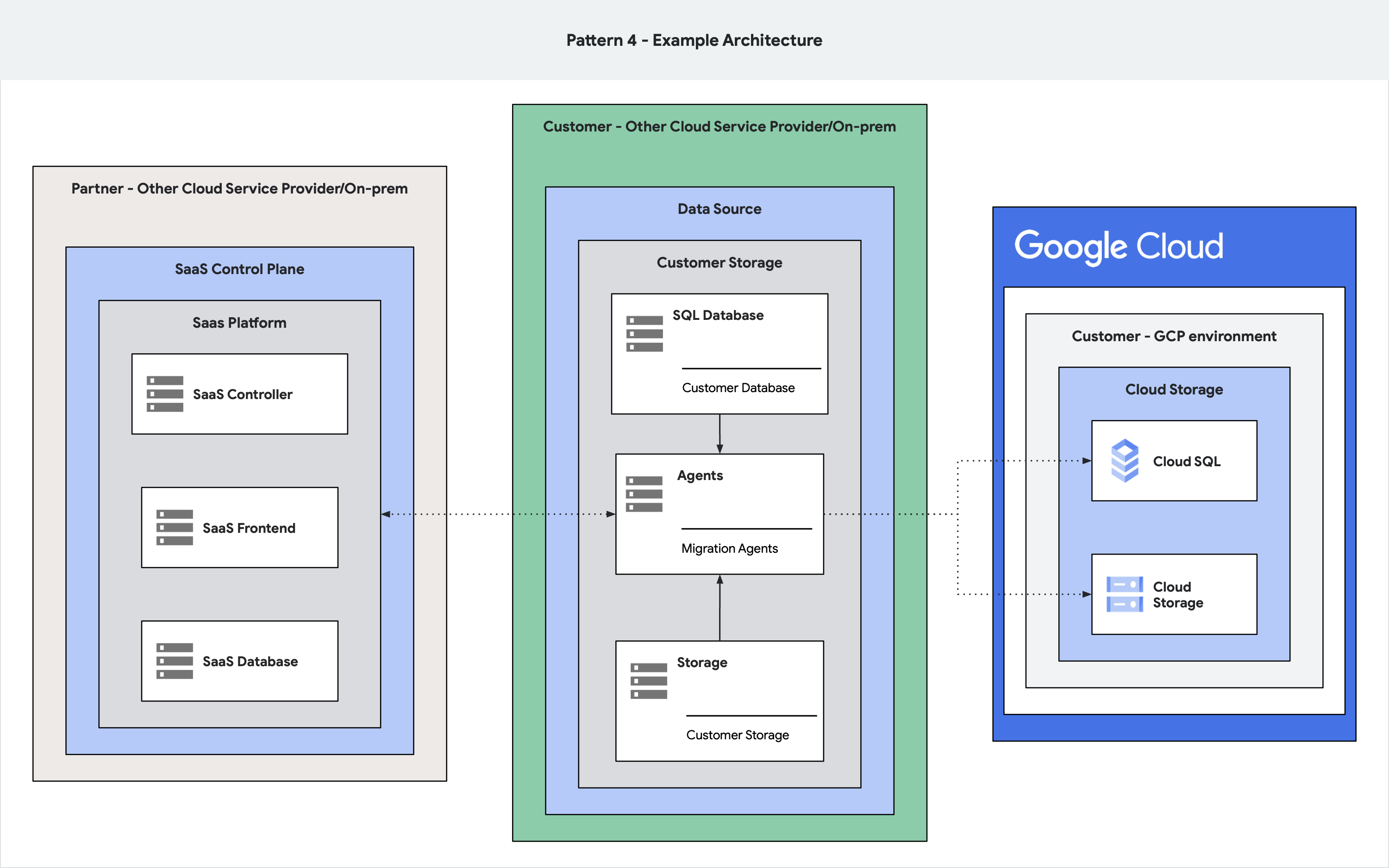
模式 5:您的产品的计算或数据平面在Google Cloud上运行。您产品的监控或安全代理可以在本地或其他云端运行,但必须将数据发送到Google Cloud托管的环境进行存储和分析。下图架构图提供了此模式的一个示例。
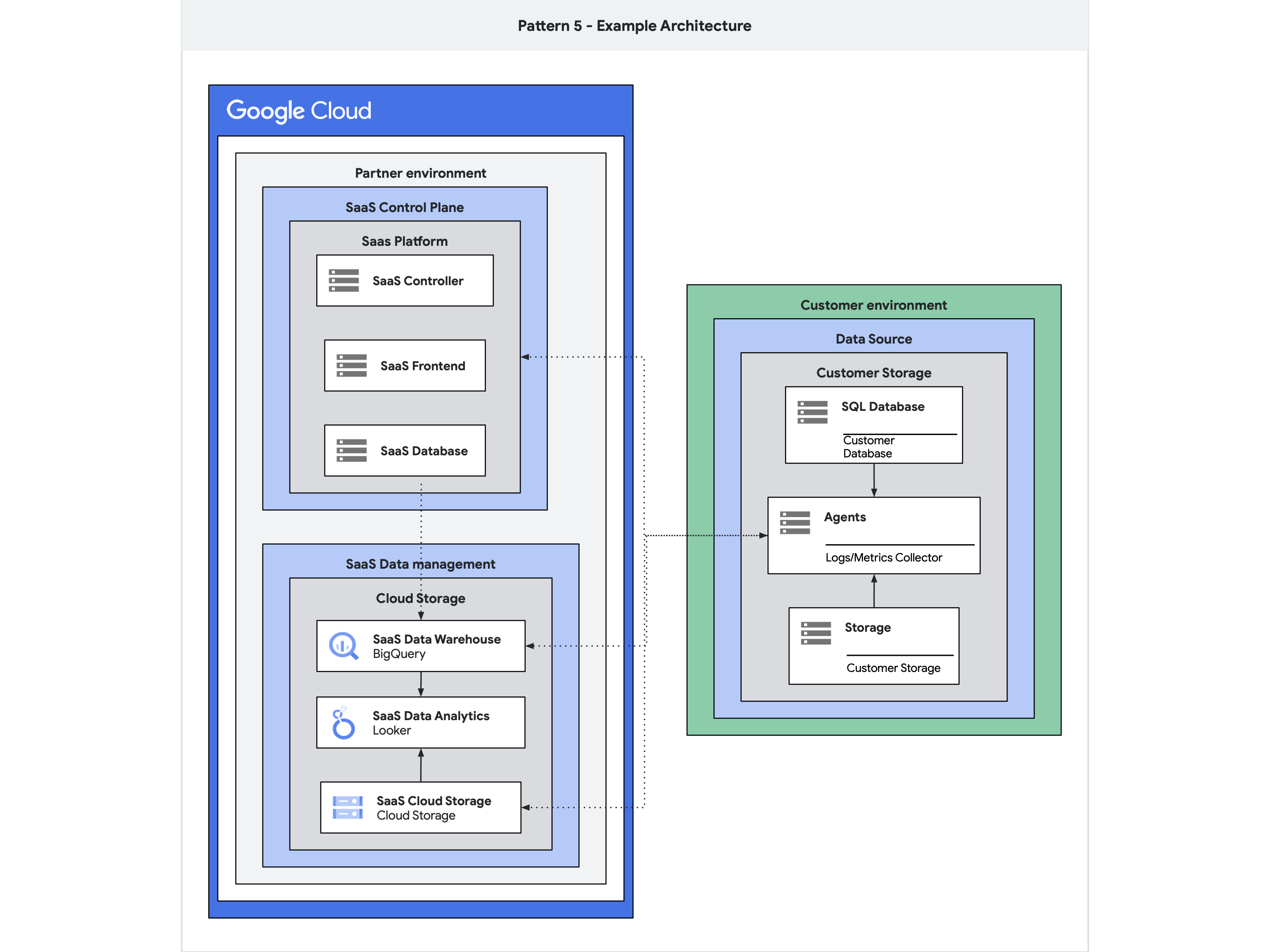
模式 6:您的产品是托管在Google Cloud上并通过Google Cloud提供的数据集。下图架构提供了此模式的示例。
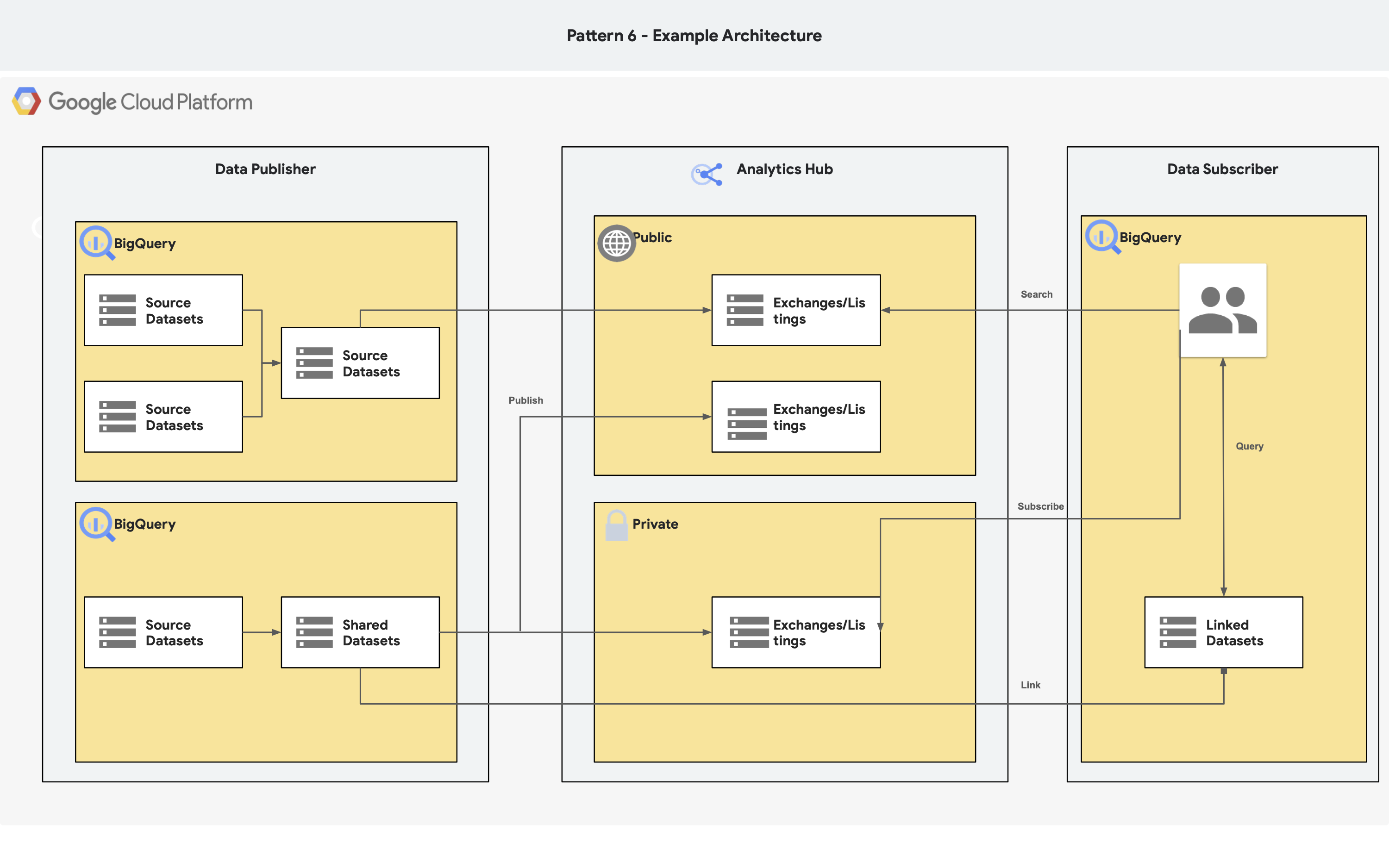
模式 7:您的产品是部署到连接到 Google Distributed Cloud 的设备上并在其上运行的虚拟机 (VM) 或 Kubernetes 产品。您的产品可能会连接到互联网,以便与其他 Google Cloud托管的应用或服务集成。下图架构图提供了此模式的一个示例。
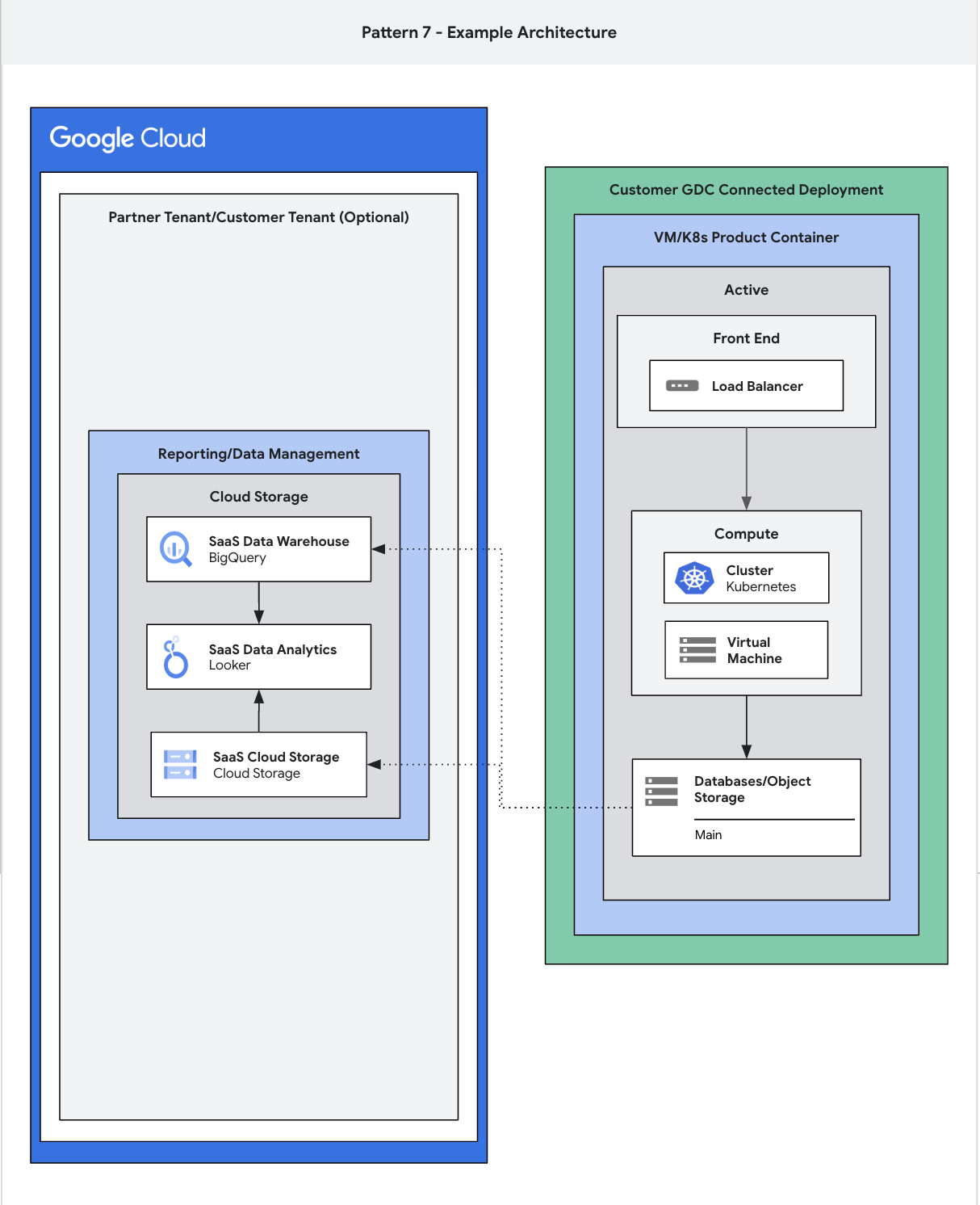
您必须确保 Cloud Marketplace 上的产品具有与您在 Cloud Marketplace 之外提供的这些产品的任何版本相同的功能和特性。
您必须确保您的数据产品不包含《2024 年《保护美国人数据免受外国对手侵害法案》》中定义的任何“个人身份敏感信息”。

